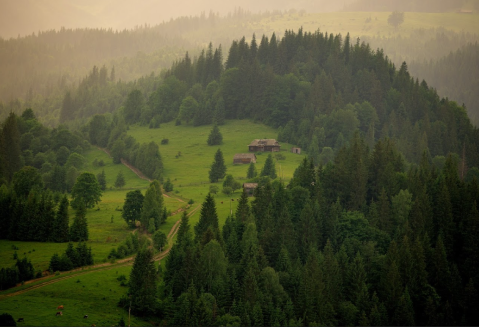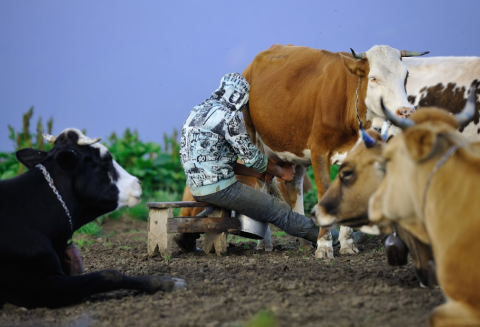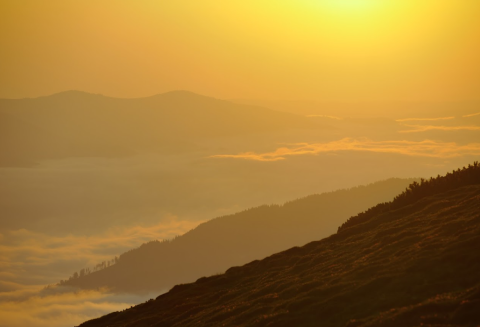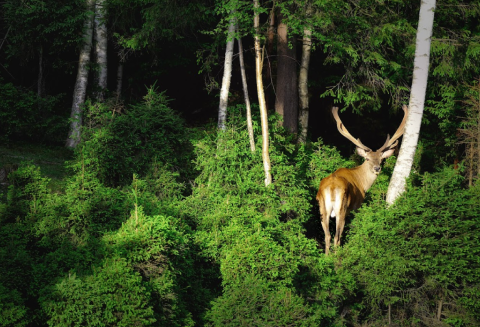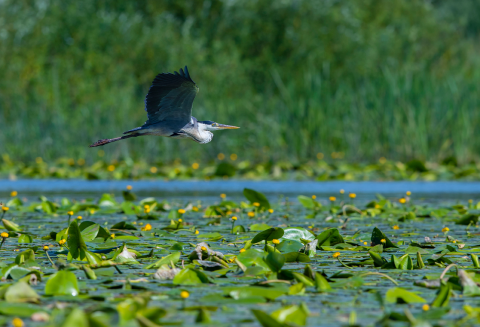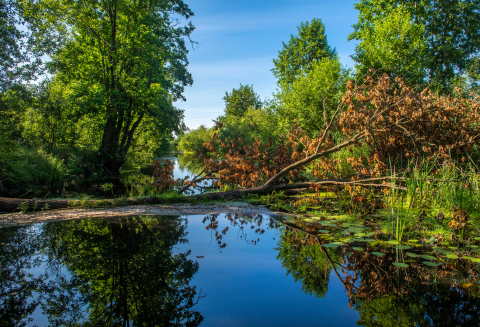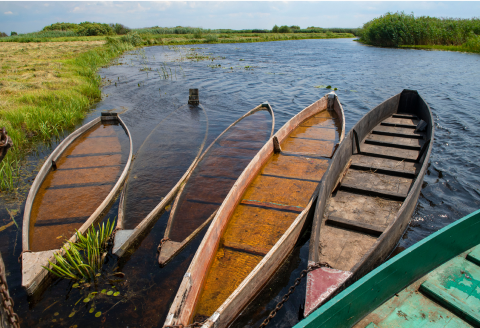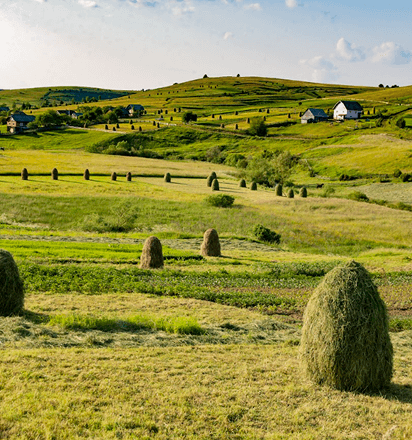We are the Frankfurt Zoological Society’s (FZS) Ukraine team. Founded in 1858, FZS is an international conservation organization that supports projects in Africa, South America, Southeast Asia, and Europe. Our mission is to conserve wildlife and ecosystems, focusing on protected areas and outstanding wild places. We work in close coordination with partners such as local communities, conservation specialists, national park authorities, and other non-governmental organizations.
Ukraine is FZS’s largest country program in Europe and we focus on preserving primeval forests and wetlands of global importance. Our activities are concentrated in some of central Europe’s most important and largest natural landscapes: the primary forests of the Carpathian Mountains and the natural river floodplains of Polissia.
Our mission is to support the conservation of the most important wilderness areas around the world: Some of the most extensive and best-preserved natural landscapes in Europe can be found in Ukraine. These include the Carpathian Mountains in the west of the country, which are home to large tracts of old-growth and primeval forests, and Polissia’s floodplains in the north, which are covered with a mosaic of large mires, oxbow lakes, and forests, and form part of Europe’s largest wetland wilderness area.
These incredible landscapes are an irreplaceable part of Europe’s heritage: They are mostly still intact and undisturbed by human influence and are home to rare species of animals and plants that can no longer be found in much of the rest of Europe. Primeval beech forests in the Carpathians, for example, are designated as UNESCO World Heritage, putting the region up there with other internationally protected areas such as the Serengeti National Park and Yellowstone National Park. Similarly, Polissia is widely known as Europe’s Amazon, an immense transboundary wetland wilderness that is a major hub for migrating birds in spring, when hundreds of thousands pass through the landscape to breed, rest, and feed.
Since 2022, Russia’s aggression against Ukraine means that our obligation to support protected areas has become even more crucial. It has been an immensely challenging time, where state financial support has been severely restricted and teams have shifted focus where necessary to host and support thousands of internally displaced people. Learn more about the support we provided to parks since the full-scale war began, and how FZS continues to contribute to their operational costs here.
Natural value is the main benchmark used by the Frankfurt Zoological Society to decide on its focal areas in Ukraine. However, we also consider the urgent need to preserve unique ecosystems that are at risk of destruction.
Russian aggression against Ukraine has had a significant impact on the country’s economy and increased the need for cheap energy sources – therefore the preservation of the Carpathian forest particular large areas of primeval forests of global importance – have become one of our key priorities.
The Polissia wetland wilderness area is also a natural choice, because of its remarkable natural value and the immediate risk of its destruction from the planned construction of the E40 waterway.
Below, we provide a short description of our two main focal areas.
Polissia is Europe’s Amazon. It’s the greatest intact floodplain on the continent. Located in the northwest of the country, and stretching across the borders of Poland, Russia and Belarus, Polissia contains vast coastal forests, immense and untouched swamps, and extensive wetlands. The region is a major hub for migratory birds in the spring, when hundreds of thousands of birds stop here for rest, feeding and nesting.
Frankfurt Zoological Society is a partner organization of “Save Polesia”, an international project that was initiated to stop the construction of the E40 waterway and contribute to the development of nature-based tourism in Polissia. To find out more about the project please visit “Save Polesia” website.
By combining international experience with local knowledge and expertise, we support the preservation of the large areas of pristine and near-pristine nature in Ukraine. We mainly do this by supporting projects in major protected areas such as national parks, biosphere reserves, and large nature reserves. Ensuring the long-term preservation of these unique natural habitats requires a comprehensive approach that covers several key areas:
- Support for operational costs
- Expansion and consolidation of protected areas
- Improvement of protected areas communications
- Work with local communities
- Biodiversity monitoring
- Tourism infrastructure and services
- Environmental education
- Buildings and reconstruction
- Management planning
- Wetlands restoration

